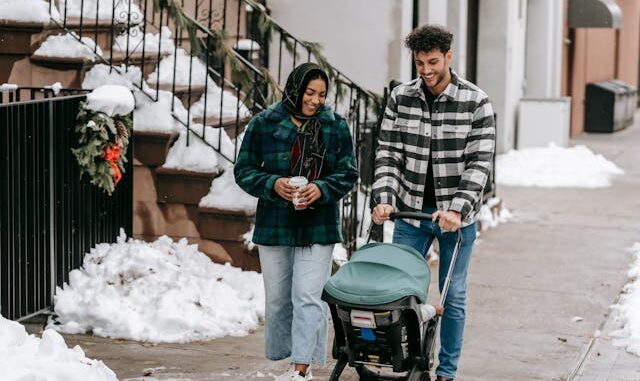
Slip and fall accidents are among the most common types of accidents, and they can occur in a wide range of settings, from public sidewalks to private residences to commercial establishments. Understanding the common causes of slip and fall accidents is essential for both preventing these incidents and determining liability when they occur.
One of the primary causes of slip and fall accidents is slippery surfaces. Wet floors, spilled liquids, recently mopped or waxed floors, and icy sidewalks are all examples of slippery surfaces that can increase the risk of a slip and fall. Failure to promptly clean up spills or provide warning signs can exacerbate this risk and may constitute negligence on the part of the property owner or occupier.
Uneven surfaces are another frequent cause of slip and fall accidents. Cracked sidewalks, potholes, loose floorboards, and uneven steps can all pose tripping hazards, particularly if they are not properly maintained or repaired. Property owners and occupiers have a duty to inspect their premises regularly and address any hazards that could potentially cause harm to visitors.
Inadequate lighting is also a significant contributing factor to slip and fall accidents, especially in indoor environments such as stairwells, hallways, and parking garages. Poorly lit areas can make it difficult for individuals to see potential hazards and navigate their surroundings safely. Property owners and occupiers are responsible for ensuring that adequate lighting is provided to illuminate potential dangers and prevent accidents.
Furthermore, cluttered or obstructed walkways can increase the risk of slip and fall accidents. Items left in aisles or on staircases, loose cables or cords, and debris on floors can all create tripping hazards and cause individuals to lose their balance. Property owners and occupiers should maintain clear, unobstructed pathways to minimize the risk of accidents.
Finally, weather conditions such as rain, snow, and ice can significantly increase the risk of slip and fall accidents, particularly in outdoor environments. Property owners and municipalities have a duty to take reasonable precautions, such as salting sidewalks and clearing snow, to mitigate these hazards and ensure the safety of pedestrians.
By identifying these common causes of slip and fall accidents, individuals can take proactive measures to prevent injuries and protect themselves from harm. Additionally, understanding these factors is crucial for determining liability in slip and fall claims and holding negligent parties accountable for their actions.
